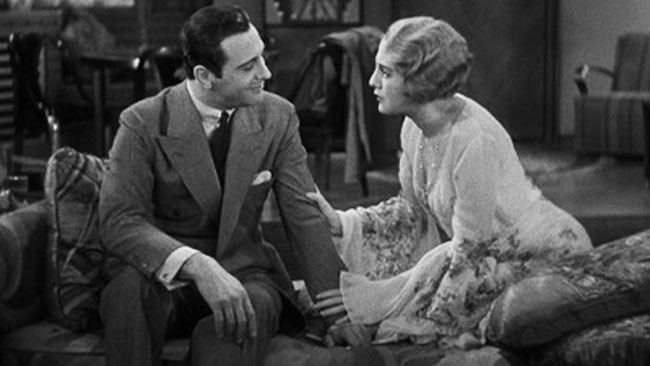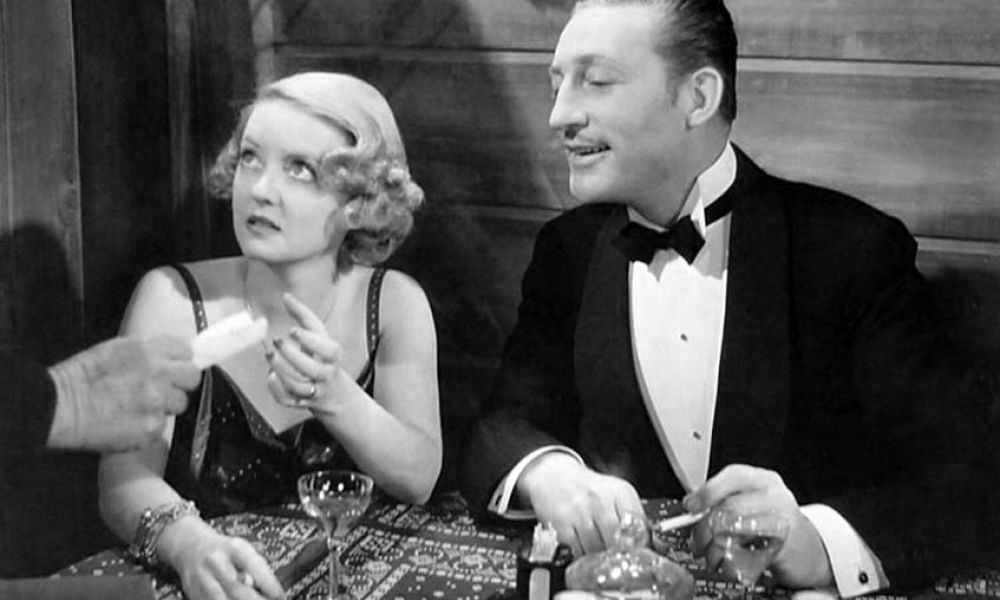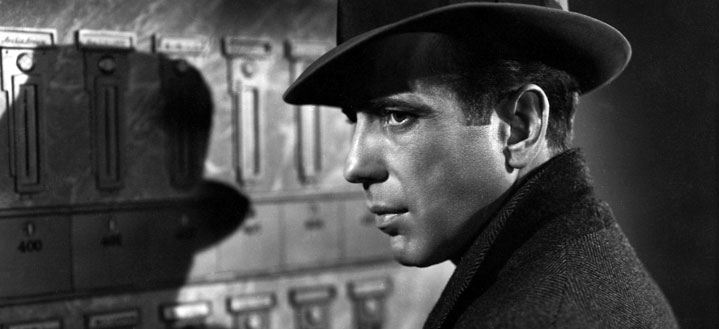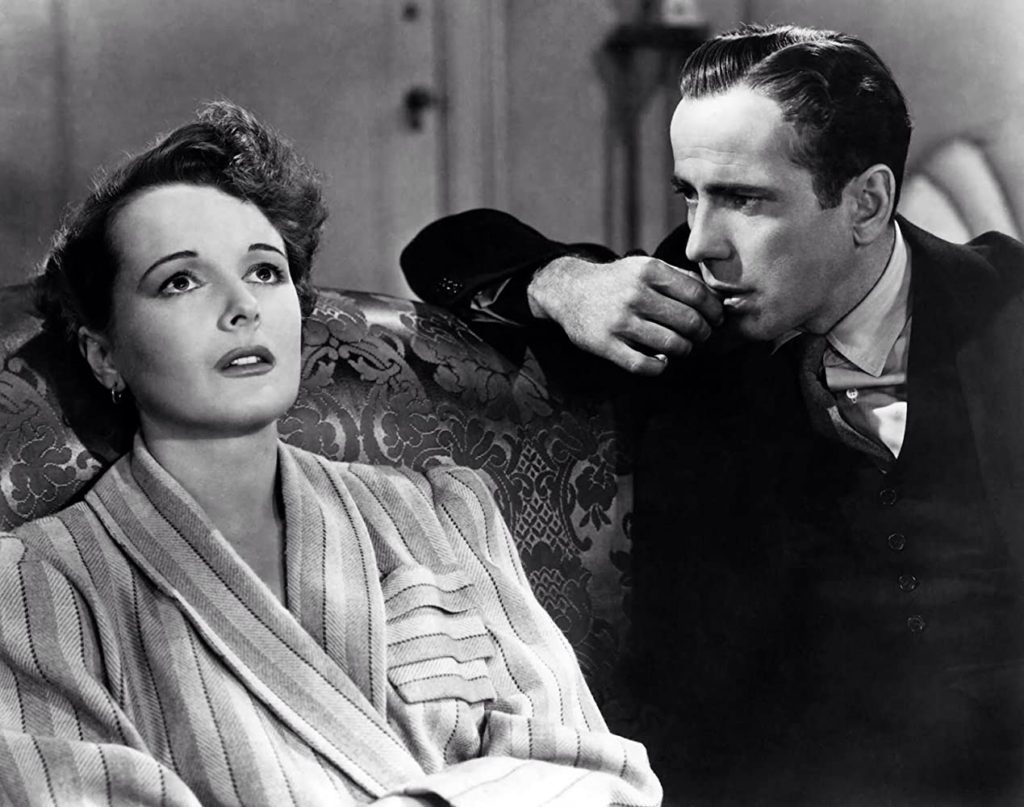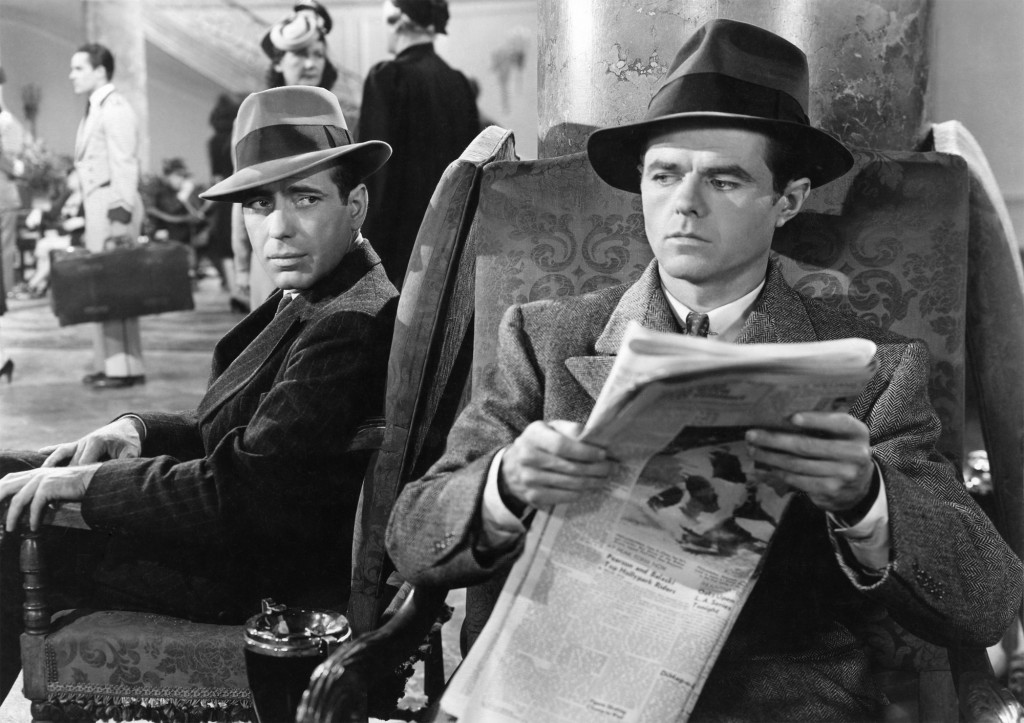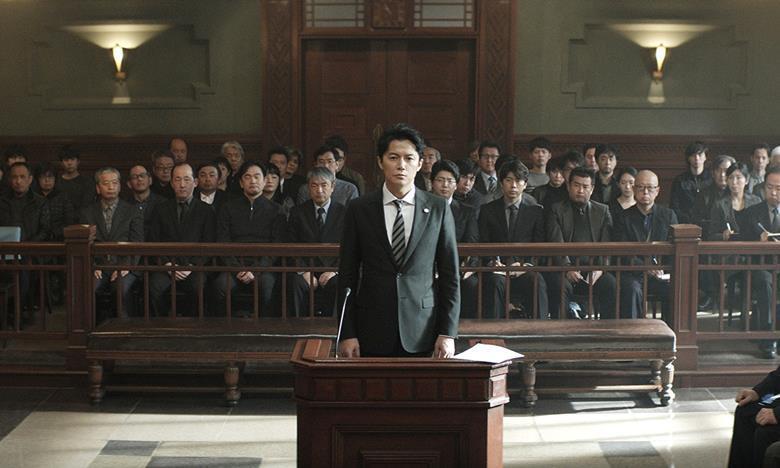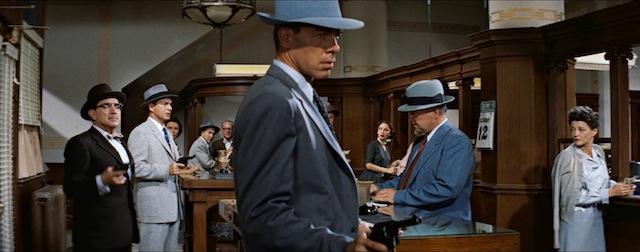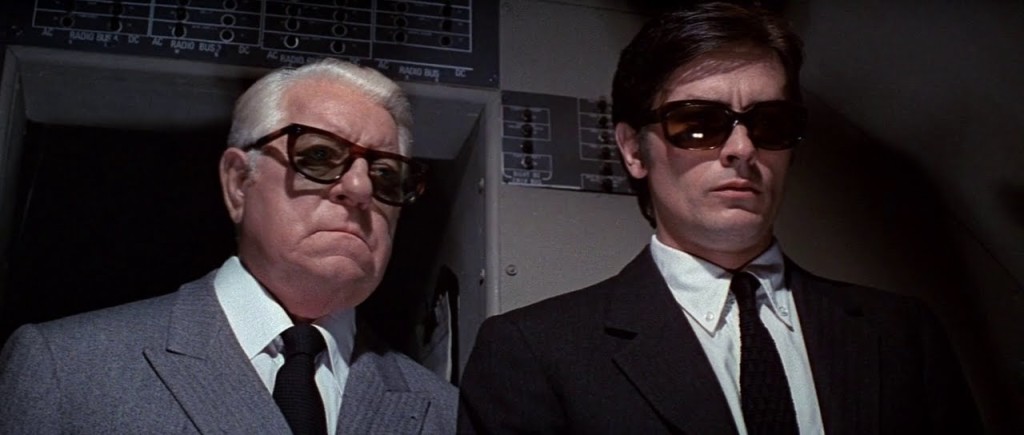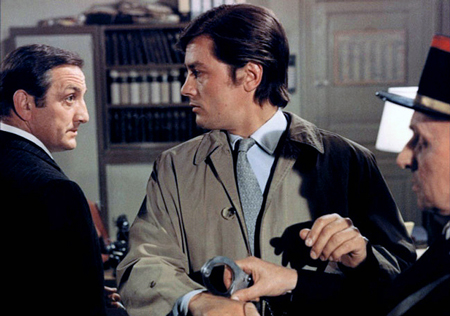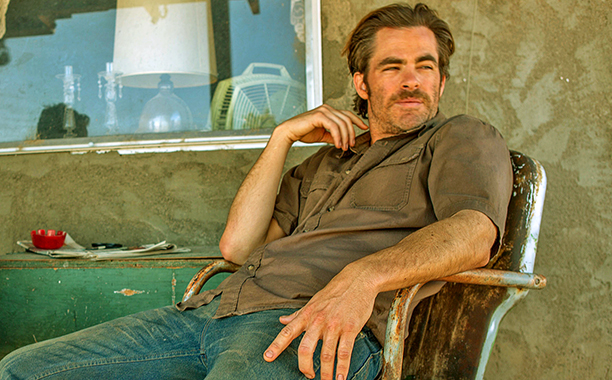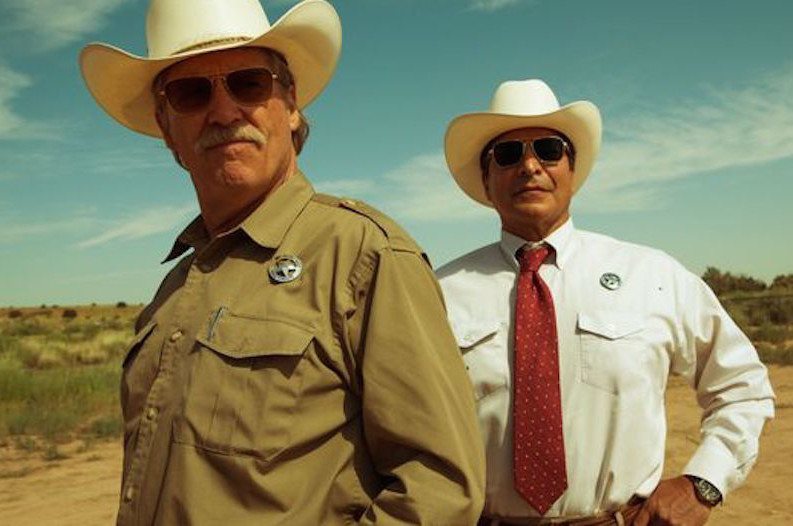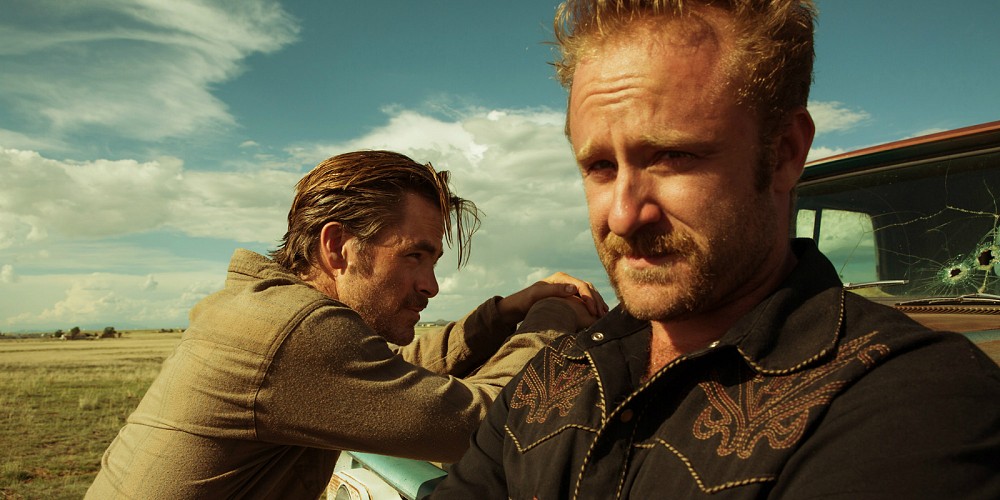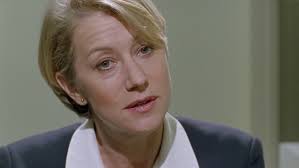
Prime Suspect, the perfect Labor Day weekend binge, pairs one of cinema’s greatest actresses, Helen Mirren, with one of the most compelling characters ever on episodic television, Detective Jane Tennison. At once a sensational crime show and a high brow character study, the seven seasons of Prime Suspect follow a female protagonist over fifteen years.
Prime Suspect is a set of nine separate stories over 25 hours. Jane Tennison’s career spans from Chief Detective Inspector to Superintendent to Chief Superintendent. The episodes were created between 1991 and 20O5, and Helen Mirren herself ages from 46 to 60 in the role.
The core of Prime Suspect is the character of Jane Tennison, forged by writer Lynda La Plante and Mirren. Jane is a driven woman, in a career that ranges from when women cops were unwelcome novelties to more politically correct times. In the entire span, Jane is, at best, barely tolerated.
Jane gives as well as she gets. She can force her superiors to promote her by using the same heavy-handed methods they use to suppress her.
Indeed, each Prime Suspect story has multiple threads of conflict. There is, of course, Jane against the criminal she is trying to catch. At the same time, Jane is being distracted and hampered by forces inside her own department. And Jane is in a constant battle to hold herself together amid overbearing stress.
Jane Tennison is a solitary figure, alone with her demons. She faces the daily challenges to her career survival and advancement with an ever-prickly demeanor.
Jane is a person of overwhelming ambition. In the very first season, it’s clear that she cannot advance by being pleasant and waiting her turn. She recognizes that sometimes she has to be unpleasant, and she will need to seize advancement at other’s expense; (in season 3, she receives a critical favor from a peer and then swipes his dream job).
Jane Tennison is also a fully sexual Woman of a Certain Age, but career rock stars like Jane can’t have it all. Her obsession with career leaves a trail of relationship carnage. At one point, Jane has fallen in love with the one man who gets her and adores her, but she has learned about herself and about life and…
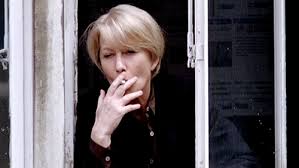
And there’s always too much stress. Jane smokes too much and drinks too much. In Prime Suspect 3, her jaw is constantly pounding away on nicotine gum. In one later episode, she drops into her neighborhood market to buy four microwaveable frozen dinners and two fifths of whisky.
At first, Jane faces the most open and unapologetic misogyny, which evolves in later episodes into more veiled and insidious sexism. Being a flawed feminist hero is complicated. As the series evolves, Jane herself discriminates against a subordinate who is parenting. And she is betrayed by a female protege and, later, fights being forced out to pasture by a gender-integrated set of bosses.
Prime Suspect is always topical. Besides the ever-present sexism, the stories touch on race, abortion, postpartum depression, AIDS, sex work and pedophilia.
Most of the Prime Suspect plots are serial killer whodunits, and one story turns on whether she got it wrong in solving her breakthrough case. In one story, we know the culprit right away, but Jane is a race against the clock to prevent further victims.
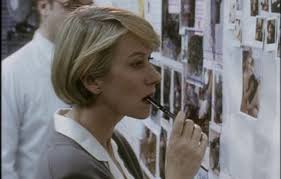
In an astounding performance, Mirren grips us each time she fiercely deflects yet another indignity, as she waves her hand through her hair when she needs a reset from a setback and as her eyes reveal that she is connecting the dots. Her entire body coils in frustration and stiffens in insubordination. It’s a tour de force.
Between seasons of Prime Suspect, Helen Mirren was compiling an imposing body of work: The Madness of King George, Gosford Park and her Oscar-winning Elizabeth II in The Queen.
I believe that Mirren’s Jane ranks, with James Gandolfini’s run as Tony Soprano, as one of the greatest in episodic dramas. I’m guessing that Mirren was on screen for over twenty hours of Prime Suspect and that Gandolfini was on screen as Tony Sopranos for about 35 of The Sopranos‘ 86 hours. Of course, Prime Suspect’s Jane Tennison is distinguished from most episodic protagonists by being female and by aging fifteen years.
Mirren is surrounded by two generations of the best British actors. For tomorrow, I’ve also written PRIME SUSPECT: the supporting performances.
This is one of the best and most entertaining episodic series ever on television. All seven series of Prime Suspect can be streamed from Amazon (included with Prime).


